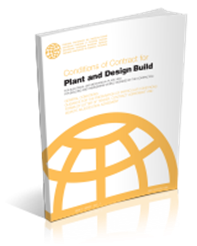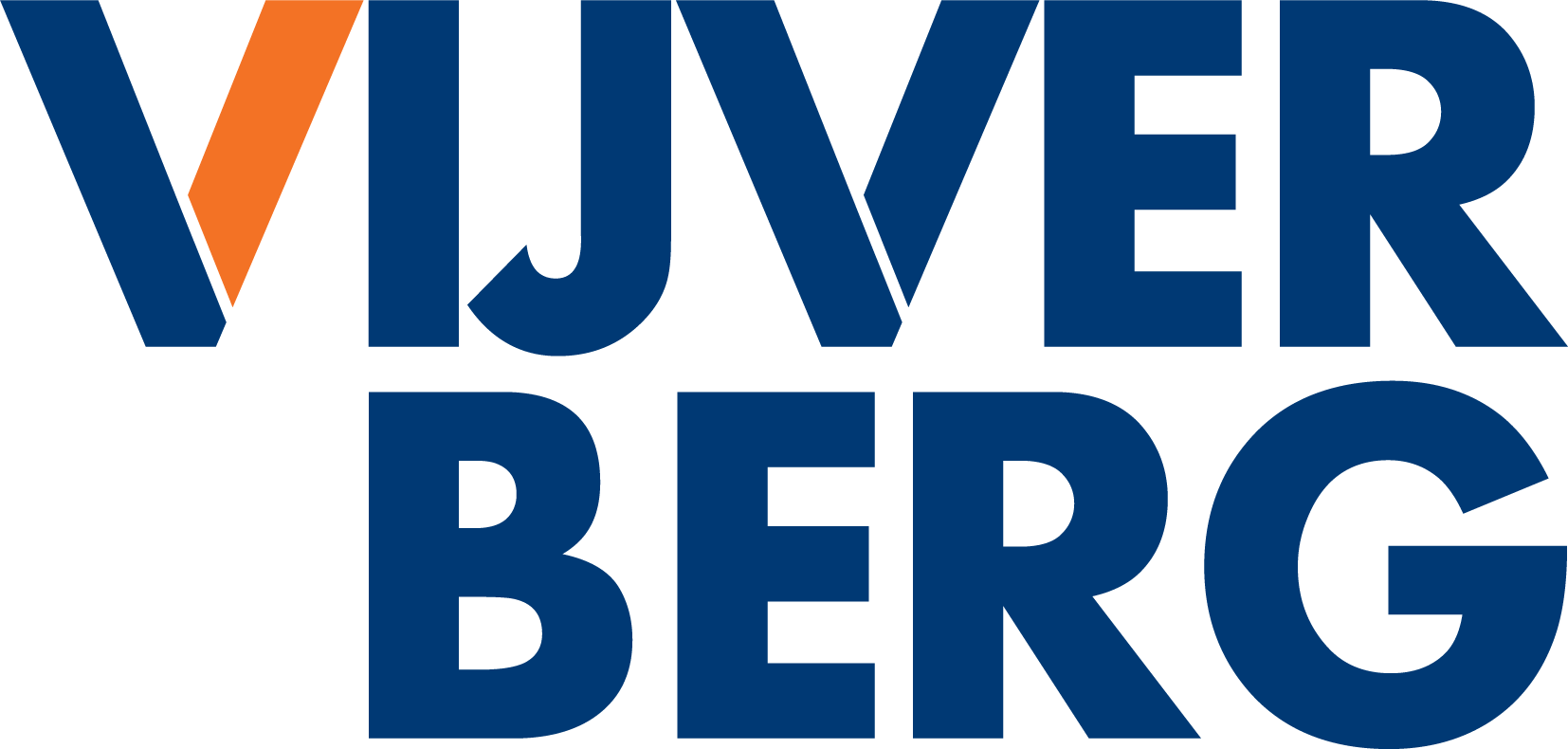The FIDIC Yellow is an international set of standard terms and conditions applied to “design & build” contracts. These terms and conditions were prepared by the Fédération Internationale Des Ingénieurs Conseils (“FIDIC”) and are used worldwide for major construction and infrastructure projects.
Although the FIDIC Yellow is on the rise, it appears that in practice it is does not always run smoothly. What are the pitfalls and how does a FIDIC Yellow contract work well in practice?
FIDIC Yellow in the Netherlands
This standardized form of contract has been in use and popular worldwide for decades. In the Dutch construction market, the use of these consitions came slowly, but FIDIC Yellow is increasingly gaining a foothold in the Netherlands.
Why do clients choose a FIDIC Yellow contract?
UAV 2012 and UAV-GC 2005 have become the standard for construction contracts in our country. Clients are increasingly choosing FIDIC Yellow so that it is more attractive for foreign market parties to bid for Dutch projects. This increases competition in the Dutch market. You can attract international parties and specialists who can play an important role in the realization of projects in the context of energy transition. But most importantly, the FIDIC Yellow contains a very well-balanced set of standard conditions.
The Dutch contractor and the FIDIC Yellow
How do Dutch contractors view a FIDIC Yellow contract? Practical examples:
- Construction contracts drafted in the English language are still a barrier for many Dutch builders. Contracts in Dutch are “easier” to understand and manage.
- Unknown makes unloved. Many Dutch market parties are insufficiently or not at all familiar with the FIDIC Yellow system and its contract processes. As a result, market parties refrain from participating in the procurement process.
- Poor (first) experiences when executing a FIDIC Yellow contract. The unfamiliarity with the FIDIC Yellow structure and processes largely contributes to this. People did not fully realize exactly what the contract form entails.
- The role of the Engineer. This would have too far-reaching powers and also not hold an independent role within the project and contract.
- The FIDIC Yellow aims to pursue the progress of the project, with the Engineer having the authority to issue instructions to pursue this goal. Then, in principle, the contractor is obliged to follow these instructions. The costs incurred will be determined and/or reimbursed afterwards. For many contractors, this procedure is arduous.
The (Dutch) client and the FIDIC Yellow
Even among principals, the FIDIC Yellow contract still has an image. What goes wrong in practice? Some examples from practice are:
- The “broken written” contract. Clients sometimes modify the FIDIC Yellow terms and conditions in such a way as to nullify the contractual balance. When the Golden Principles of FIDIC are not (largely) upheld, an unbalanced contract is created. As a result, workability and cooperation may be (severely) disrupted during the term of the contract.
- Mismatches between the FIDIC Yellow terms and conditions and the Employer Requirements (demand specification requirements and process). Although this naturally also occurs in UAV-GC 2005 contracts, it is notable that often not all roles (and thus contractual powers) are correctly included in the Employer Requirements. This is especially true for the role of the Engineer, a role that is often left out of the Employer Requirements. These loopholes can only be fixed with a Variation. If this is not done, the intended structure and intent of the FIDIC Yellow contract is lost. This can result in the agreed upon processes and approval authority no longer being secured, with all the consequences that entails.
- The client acts as both Employer and Engineer. Since these are “strictly” separate roles within the FIDIC Yellow contract, this choice by a client causes the contractual balance intended by FIDIC to be lost.
Let the processes work, leave them intact
The practical examples given are solvable in all cases, but more importantly preventable! An essential condition for successful application is to leave the setup and structure intact as much as possible. The set of conditions is very workable and balanced. Moreover, the FIDIC Yellow contract processes are clearly outlined and focused on project progress. This means that the contractor can be instructed to proceed with e.g., additional work without prior agreement on the additional costs. This goes against the nature of many contractors. Yet practice shows that when properly applied, FIDIC Yellow conditions make this a workable and fair approach. The contractor’s position is protected here.
The Engineer’s role
The Engineer’s role within the FIDIC Yellow contract is as an independent third party. The Engineer ensures that joint processes, such as the change process, run smoothly and quickly. It is a misconception that the Engineer’s role must be filled by the engineer or that it is a technical role. The Engineer has an independent and process engineering role. He should ensure that disagreements between the contracting parties within the project are resolved. The Engineer has clearly framed and defined duties and responsibilities, as long as these are observed and respected this contributes to the successful execution of the project.

Choosing FIDIC Yellow
Want to use a FIDIC Yellow contract for a new project? Vijverberg’s experienced contract managers offer support in managing and controlling a FIDIC Yellow contract for both clients and contractors.
